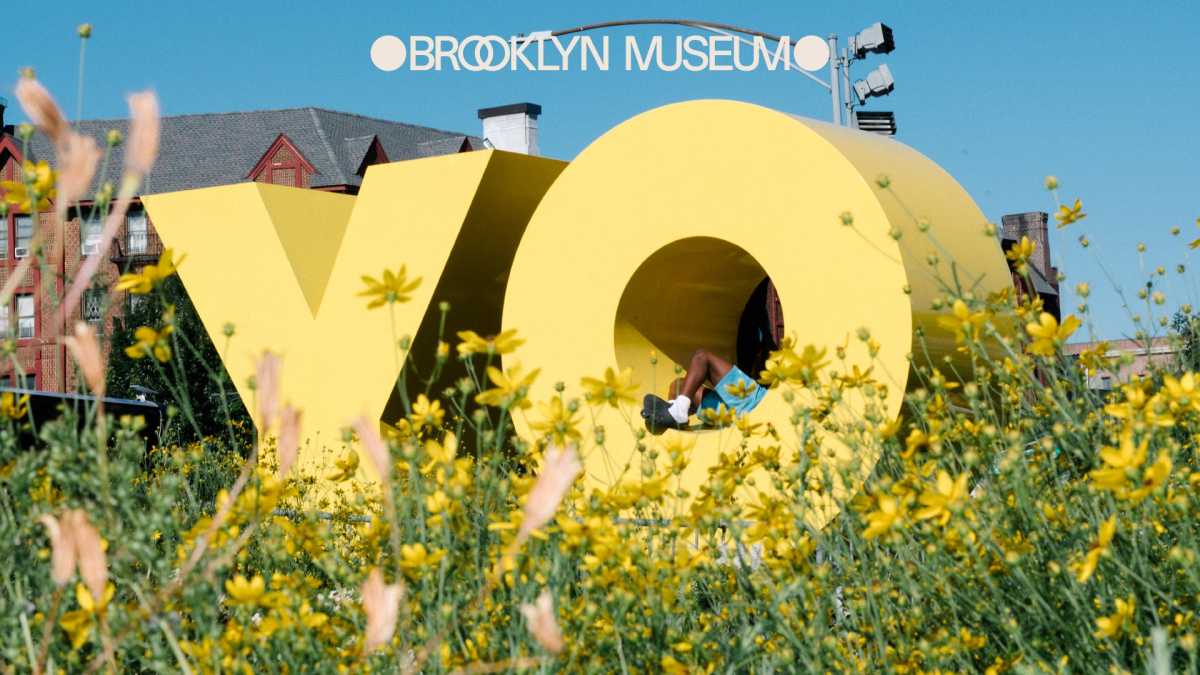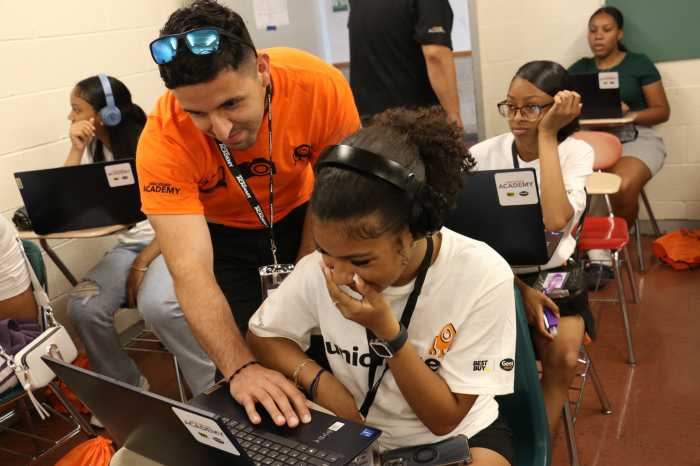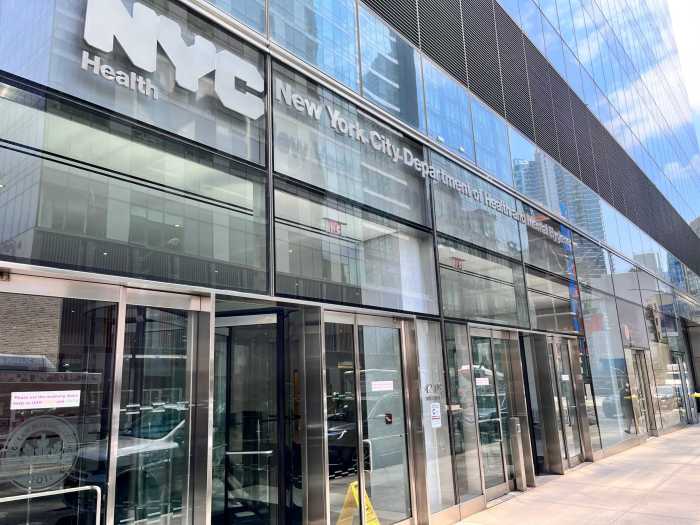In New York City, where every block has a different flavor, the evolution of the dining scene is profound. Artificial intelligence and new technologies are changing how we order, cook and serve food.
How will a field centered around human interaction and community adapt when a robot joins the table?
“From Sous-Chef to CEO: How AI Became the Brain Behind NYC’s Restaurant Revolution,” said Ryan Kenna, an Account Executive at Hall PR, when asked to headline NYC dining in 2035. Hall PR is a media agency working with hospitality businesses, including countless restaurants in New York.
NYC is one of the world’s top food destinations. People come for a unique experience and meals like no other. Some restaurants have already begun to conform to the rest of society, implementing AI techniques for the customer, including robot waiters or automated services such as online chatbots and phone operators. These tools allow staff to focus more on the dining room and less on answering calls.
A prevalent new feature in restaurants has also been QR code menus. Originating during COVID-19, they helped with social distancing, yet remain a staple.
The influx of technology in restaurants, however, has diminished the human connection in dining.
“I love asking a server their preferences on the menu,” Kenna said. “There is something about the human element and connecting with those at a restaurant who have a personal and emotional connection to the chef, the menu and the restaurant that gives me a sense of peace and trust in getting offered something really good.”

Delivery services are another aspect in the changing face of dining. Many restaurants, specifically local or family-owned, rely on their in-person customers. With the ability to get meals delivered straight to your doorstep, apps such as Uber Eats or DoorDash are diminishing the experience of dining out itself.
Even what you order at a restaurant is impacted by technology.
People walk into a restaurant with their order in mind. Social media platforms such as TikTok and Instagram allow customers to filter out restaurants and decide ahead of time.
“I do not need to ask the server what specials there are or have them recommend specials–I do not get to have that fun, personable interaction with someone…Lots of customers seem to already know what they want, which has taken the sense of community and personality out of the restaurant. I do not think that is necessarily a positive thing,” Kenna stated.
On the upside, Kenna noted, “I think all of this social media exposure is giving a platform to distinguish some of the more unique, regional cuisines from around the world that are only available in this great city. It is not just Chinese food anymore, it is Cantonese and Sichuan cuisine, it is not just Indian food, but depending on if it is southern coastal regional or northeastern, you could be signing up for two completely different experiences, which is a wonderful thing.”

Behind the counter, robot kitchens are improving productivity and taking over the kitchens.
Sweetgreen, a nationwide fast-casual salad chain, is one of the first to introduce robot chefs. Spread throughout a few locations, the automated ‘Infinite Kitchen’ started for its Wall Street location on Dec. 16, 2024. The kitchen has the ability to make salads, each taking around 2 minutes.
“A lot of people are multitasking mentally, so they might mess up something. Versus if they put their order in, it goes straight to the machine,” said a Sweetgreen employee.
The Infinite Kitchen can get 50 people out the door in under 20 minutes. It also helps prevent cross-contamination, improves the customer experience and reduces labor and stress.
“At the beginning, the employees were concerned about keeping their jobs, but everybody is still here,” the employee said.
Sweetgreen is expanding and will introduce another robot kitchen in Connecticut this July. They are pioneering the future of kitchens, specifically in fast-casual settings.
NYC has hundreds of restaurants that open and close monthly, allowing for the dining culture to be constantly evolving and advancing.
“It can be really difficult to distinguish yourself in an ever-evolving, incredibly diverse dining landscape. I cannot think of any cuisines that do not exist in NYC, so the competition can be endless,” said Kenna.
Access to social media and dynamic trends allows dining services to be unique. Anything is possible for a NYC restaurant.
“More chefs are pivoting towards immersive, story-driven meals. Where did that dish originate? When were those ingredients originally discovered or implemented? Why did the chef pair these flavors? It is incredible!… These narrative arcs transport guests to another place…I think NYC dining is heading more towards a place about intention rather than consumption, and that is what dining out should be all about,” Kenna added.
The future of NYC is an unknown world. But restaurants are already starting to invent new ways to incorporate technology and be more sustainable. New York’s dining scene has always been about more than food. It is about culture and experiences and the ability to try every cuisine out there.
Whether customers are served by a waiter or a robot, NYC restaurants will always have that spark.




































